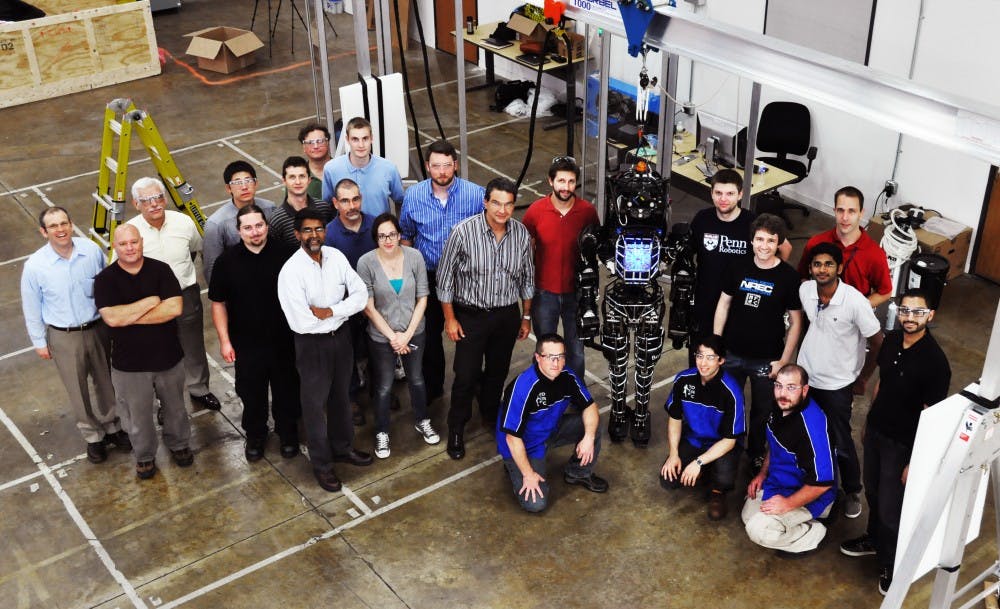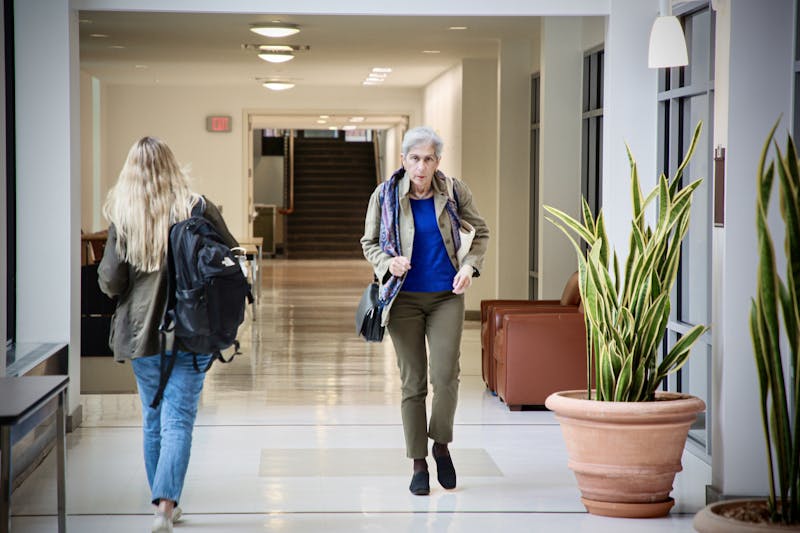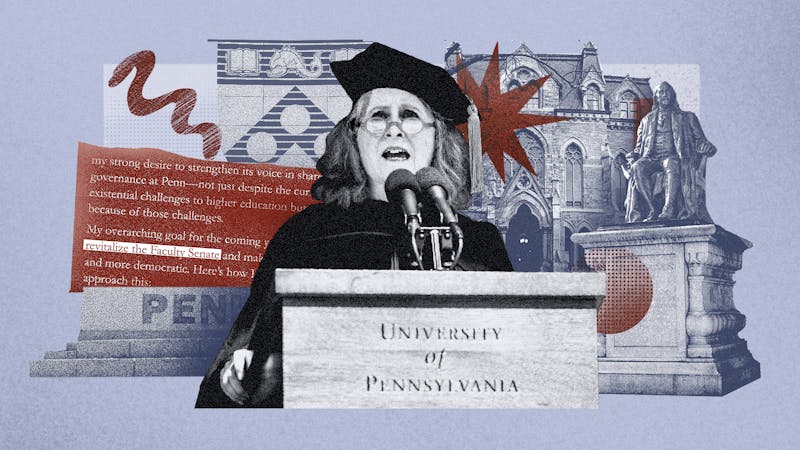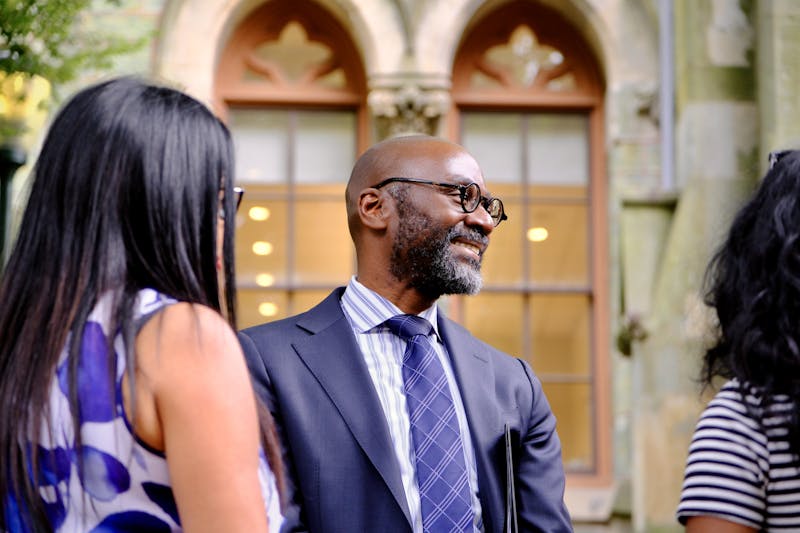
Penn professors and students took part in the Defense Advance Research Projects Agency – DARPA — Robotics Challenge on December 20th and 21st as part of team TROOPER and team THOR. Both teams will compete in the next round next year.
Credit: Courtesy of Thomas KoletschkaIn February, elite athletes from around the world will travel to Sochi for the Olympic Games. However, the “Olympic Games for robotics” already happened in December.
Pioneers in robotics congregated in Miami, Florida on Dec. 20th and 21st to compete in the Defense Advanced Research Projects Agency Robotics Challenge, which pits humanoid robots against each other to save people from dangerous situations.
Two teams that included Penn professors and students, TROOPER and THOR, came in eighth and ninth place, respectively.
The Trials consisted of eight tasks the robots would face when responding to disasters, ranging from climbing up a ladder to opening and passing through multiple doors to turning valves.
Related: SEAS robotics team recognized in international competition
“Putting everything together was really challenging,” Kostas Daniilidis, a professor of Computer and Information Science and member of team TROOPER, said. He explained that it is because the robot should be able to fulfill various tasks that would usually require several less complex robots.
Mechanical Engineering and Applied Mechanics professor Vijay Kumar was also part of the team.
“Another problem was that we had to deal with the delay in control and had to be predictive,” he said, because the communication between the operator and the robot often was not quick enough.
Writing control strategies — the programming which allows the team to control their robot — was difficult for the teams. The program must control numerous joints and parts at the same time in order to make the robot “work within the laws of physics.”
On the day of the trials, there were additional unexpected problems such as wind affecting the movement of robots and the sun inhibiting the proper functioning of cameras, which allows the operator to see what the robot encounters and also make decisions.
Related: Penn team takes first place in International RoboCup competition
The two teams are in preparation for the next round, the DARPA Robotics Challenge Finals, which is to take place after 12 to 18 months of research and refinement. “The idea is that you get better at doing these tasks,” said Lee, while mentioning that such a period is not long enough for additional research.
Daniilidis had a particular focus in mind for his team. He wants to make the robot “less dependent on the operator.”
In addition to Kumar, Daniilidis and Daniel Lee, a professor in Electrical and Systems Engineering and Computer and Information Science and member of team THOR, a number of people associated with Penn Robotics competed at the Robotics Challenge. Penn was one of the only universities that was involved with two teams, Lee said.
There were not only current Penn students working on the two teams but also many alumni working with other teams. The chief scorer of the trials, Eric Krotkov, received his Ph.D. in Computer and Information Science at Penn in 1987, said Daniilidis.
“Robotics groups at Penn are strong compared to other universities,” Lee said.
The Daily Pennsylvanian is an independent, student-run newspaper. Please consider making a donation to support the coverage that shapes the University. Your generosity ensures a future of strong journalism at Penn.
DonatePlease note All comments are eligible for publication in The Daily Pennsylvanian.







